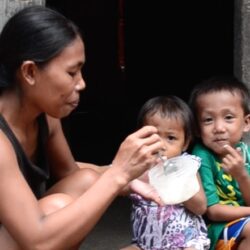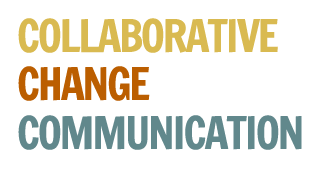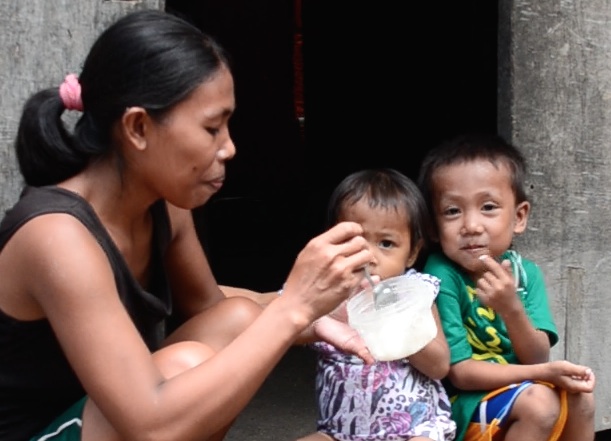Written by Ma. Theresa H. Velasco, Dean, and Kabzeel Sheba Catapang, Assistant Professor, UPLB-CDC .

Since 2014, UNICEF and the College of Development Communication, UP Los Baños (CDC-UPLB) have been implementing a number of communication initiatives for behavior change and empowerment. This is to strengthen nutrition and education programs as part of anti-poverty programs of selected local government units (LGU) in the Philippines.
Following the participatory development communication model, the project formed local core groups in each LGU to actively co-manage the program. They participated in capability-building activities on strategic communication planning and communication materials development. Each core group consisted of focal persons from the municipal health, nutrition, social welfare, agriculture, planning and development, and education offices. Barangay (village) captains of the pilot areas have been oriented to the project and invited to participate. Participation, in this context, meant involvement in identifying development problems, looking for solutions, and deciding on the method of implementing the said solutions.
In their respective plans, the core groups identified approaches deemed as suitable to their needs and can give optimum results:
- tapping existing local mass media, such as an LGU-owned radio station in Aroroy, to deliver public service announcements and hold school-on-the-air (SOA) programs to reach people even in far-flung areas who need information about proper hygiene, sanitation, and nutrition
- involving a local youth theater group in Milagros in the information campaign toward good health and nutrition
- using learning materials such as educational board games, comics, videos)
- mobilizing the community to improve pre-school education in Bobon
These strategies supplemented the conventional practice of using group media tools (e.g. flipcharts and posters) and community assemblies for information dissemination.
In consultation with local chief executives and spearheaded by planning and development officers, communication activities were integrated into existing social programs of the government to ensure sustainability. Among such regular programs are family development sessions under the Pantawid Pamilyang Pilipino Program (conditional cash transfer program), nutrition month activities, and school building improvement.
Achievements so far include:
- expansion of the communication activities from pilot areas to other barangays
- convening of the inactive local nutrition council in one of the barangays
- appointment of a day care worker to serve as pre-school teacher in one of the barangays
- increase in the LGU budgetary allocation for nutrition activities
Among the changes brought on by this project to the three municipalities, the most significant has been the recognition of the LGUs that the work for children’s nutrition is manifold and requires teamwork and resilience as well as creativity. The LGUs and their respective core groups have indicated their resolve to work together toward achieving their indicators. As articulated by a nutrition action officer during the monitoring and evaluation (M&E) workshop, not only have the core group members been capacitated with regard to communication planning and materials development, they have also realized two important lessons: (1) how nutrition and education are affected by and, at the same time, can help solve poverty-related community problems; and (2) working together to address these problems.
Through their experience with the project, the LGUs have learned to appreciate the use of strategic and evidence-based communication initiatives in setting clear indicators with which to measure the success of their interventions.
communication activities

